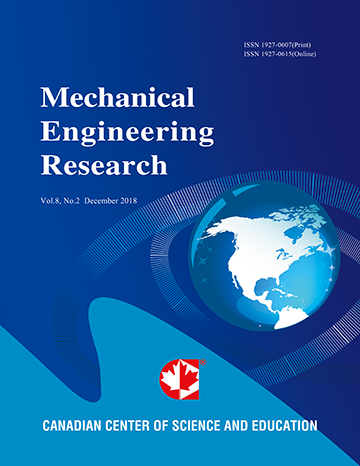Optimal Design of Hanging Truss Having SMA Wires (From Vibration Isolation and Attenuation Viewpoints)
- Xuan Zhang
- Kazuyuki Hanahara
- Yukio Tada
Abstract
A column-type truss structure is generally unstable without diagonal bracing members. It is, however, mechanically stable in so-called hanging configuration due to the effect of gravitational force. This kind of structure can isolate an apparatus installed at its tip end from the influence of the vibration of the support ceiling, where the hanging truss structure is placed. The relationship between the stress and strain of the shape memory alloy (SMA) material in relatively high temperature condition has a hysteretic loop, which can be adopted for the purpose of vibration attenuation and isolation. A truss structure with bracing SMA wires in hanging configuration is expected to possess both of the abilities of vibration isolation and attenuation. In this study, optimal placements of SMA wires are obtained by a GA-based approach from the vibration isolation and attenuation points of view under the constraint condition of the number of the SMA wires. Crossover and mutation operators in order to deal with the constraint condition of the number of SMA wire members are proposed. The non-dominated Pareto fronts are obtained for the cases of various numbers of SMA wire members. On the basis of the calculations, it has been confirmed that the number and the placement of the SMA wires are significant factors on the effects of vibration isolation and attenuation. Most of the optimal configurations have one common feature that the SMA wires are distributed close to the middle of the hanging truss structures and there are few SMA wires at the truss units near the support ceiling as well as the peripheral end. The placements of SMA wires in optimal solutions show, however, a tendency of decentralization in the case of emphasis on vibration isolation.
 PDF
PDF
